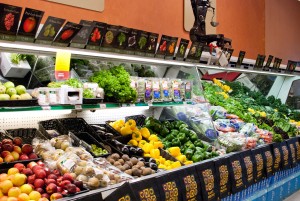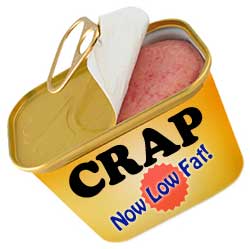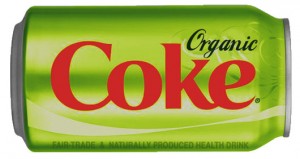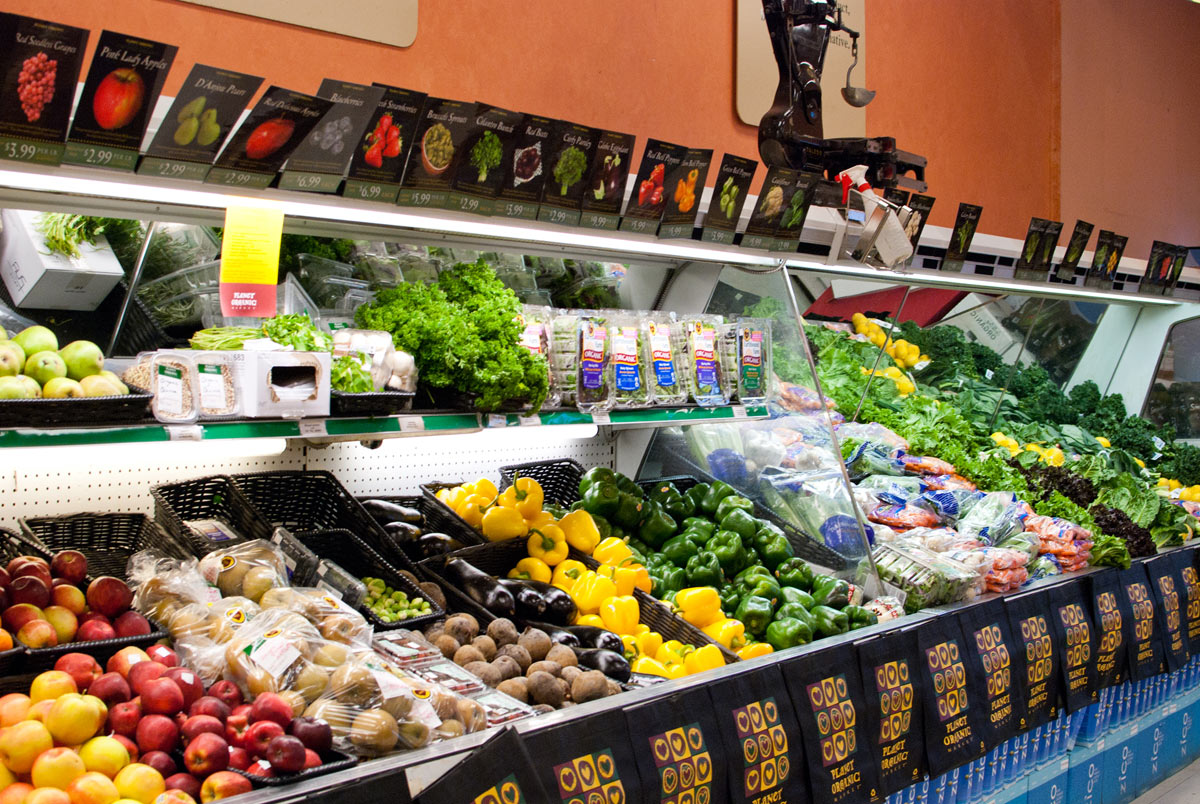Last week, I spoke about all of the benefits of whole foods diet. I talked about how our bodies are engineered by nature to digest whole foods more efficiently than processed ones; how the nutrients in unprocessed foods help fight off cancer, osteoporosis and more; as well as why whole foods are an important part of your successful weight loss plan.
If you haven’t read part 1 of this three part series on whole foods, you can find it here.

In this part, I’m going to talk about the grocery store, or more specifically, how you can identify and select whole foods when you’re out shopping. I’ll also talk about some common supermarket pitfalls, such as the “organic” and “healthy” labels.
Grocery Shopping Tip #1: An Apple is an Apple is an Apple
As a general rule, you can spot whole foods by how easy it is to recognize what the food was before it arrived at the grocery store. An apple looks like what you would find in an apple tree and carrots look like what you would take out of your garden. As soon as you start seeing additional packaging or mysterious ingredients you’re likely moving away from a whole food.

Here’s a fairly reliable list:
- Fruits and vegetables
- Meats, fish and seafood;
- Nuts, beans and seeds;
- Whole, unseperated grains; and
- Lightly processed dairy such as milk, cream, or fresh plain yogurt.
You’ll notice that most whole foods don’t come with ingredient labels. That’s because whole foods are the ingredients! They’ve come to you from the farm to the grocery store to your kitchen in very few steps.
Now, because whole foods don’t contain a lot of extras, it stands to reason that many of them, with the exception of beans, nuts, and olive oil, can go bad fairly quickly. Therefore it’s often a good idea to get your food as fresh as possible. I recommend shopping at local farmer’s markets—such as the Parkdale or Byward Markets—or simply asking your grocer: “what came in today?”
By buying fresh, whole foods, you can reduce your trips to the grocery store and make sure you and your family have everyday access to healthy food.
Speaking of “healthy” food…
Grocery Shopping Tip #2: Don’t Believe the ‘Healthy’ Hype
If you’re not reading food labels, you should start. Especially because of all the seemingly healthy foods that are out there. Many of us have fallen for the trap: “Farmer Fresh,” “Healthy Bites,” “Light” and so on. But the fact of the matter is that many health foods are just as processed as their unhealthy counterparts, which strips them of the vital nutrients your body needs to fight off disease.

Most of these “healthy” labels associate health with losing fat. And while achieving a good weight is one pillar of health, it is far from the only one. You need to consider your diet more hollistically:
- Is the food you’re eating giving you real, sustainable energy all day long, or are you crashing 30 minutes later?
- Are you keeping your metabolism going at a steady pace all day long?
- Is the food helping or hindering your digestion?
- Are you getting the right foods for your exercise program?
- And as I’ve mentioned repeatedly in this series, is the food you are eating your ally in fighting disease?
The secret to healthy eating is awareness. Read the ingredient label of the foods you purchase and be mindful of what you consume. A lot of people default to organic foods in these cases, but as I discuss below, that isn’t always the best choice.
Grocery Shopping Tip #3: Organic Doesn’t Mean Healthy
Is organic labelling a scam? The industry was worth $31.5 billion dollars in the US alone in 2011. I’ll let you draw your own conclusions. But also consider that the “Organic” label only covers how the checimal conditions under which the food was grown, not whether it was processed afterwards.

For that matter, many organic foods can contain as much as 30% processed, non-organic additives. And while this may help keep costs down
, it does nothing for the health-conscious grocery shopper who wants to take care of the way they eat and the way they live.
When it comes to any food, processed is processed is processed.
Bonus Tip: But Sometime Organic is Better!
While organic food might not always be better for you, there are times when you probably want to lean towards organic choices. This includes all the whole foods that I listed in my first tip—from fresh fruits and vegetables to meats, yogurts and grains.
When you buy local and buy fresh, your body will reap the rewards.
Think eating whole foods sounds like a lot of work? Don’t think you have the time? Check this blog out next week for the third part of this series, when I offer up some easy to make whole food recipes that your family will love!

